5 Views· 30 August 2022
From A Haunting Cemetery To The Next HDB Town: Why Bidadari Estate Was Transformed
The word Bidadari is actually the Malay word for “angel”, a derivative of the Sanskrit word *widyadari* which refers to an angelic being in Hindu mythology. Part of the cemetery site used to be where the Istana Bidadari was located too (and became the birthplace of Sultan Abu Bakar’s son Ibrahim Al-Marhum in 1873, who eventually became the sultan of Johor).
The land was eventually acquired at an eye-popping cost of $112,500 (sounds small but this was in the early 1900s) to become the new cemetery.
Since then, the large cemetery was used by the Christian, Muslim, Hindu and Sinhalese communities which accepted burials between 1907 and 1972. The area was then earmarked for land use in the 1998 Master Plan and all of the burial sites were exhumed by 2006.
For the full fascinating story on the Bidadari estate, watch on!
Credits: National Library Board for the cover picture of the cemetery
Chapters
00:00 - Intro
00:47 - Bidadari History
02:04 - Bishan History
03:08 - Bidadari Future Eco town
04:54 - Concluding Thoughts
05:19 - Outro
Follow us on our other socials, where we post more property content!
👉 Instagram: https://instagram.com/stackedhomes/
👉 Facebook: https://facebook.com/stackedhomes/
👉 Telegram: http://t.me/stackedhomes
👉 Website: https://stackedhomes.com
For other enquiries: hello@stackedhomes.com
Just want to chat about real estate? You can WhatsApp us at: http://bit.ly/stacked-whatsapp
Stacked is an online editorial aimed at helping Singapore home buyers, sellers and renters make better decisions. By regularly conducting research and publishing our findings, we hope to give our readers a much better perspective on buying, selling or renting Singapore real estate.
Editorially independent, our articles are published in-house and do not receive sponsorship. We hope to provide unbiased, reliable content that our readers can use.
#Stackedopinions #realestatesingapore #singaporehdb #singaporehistory

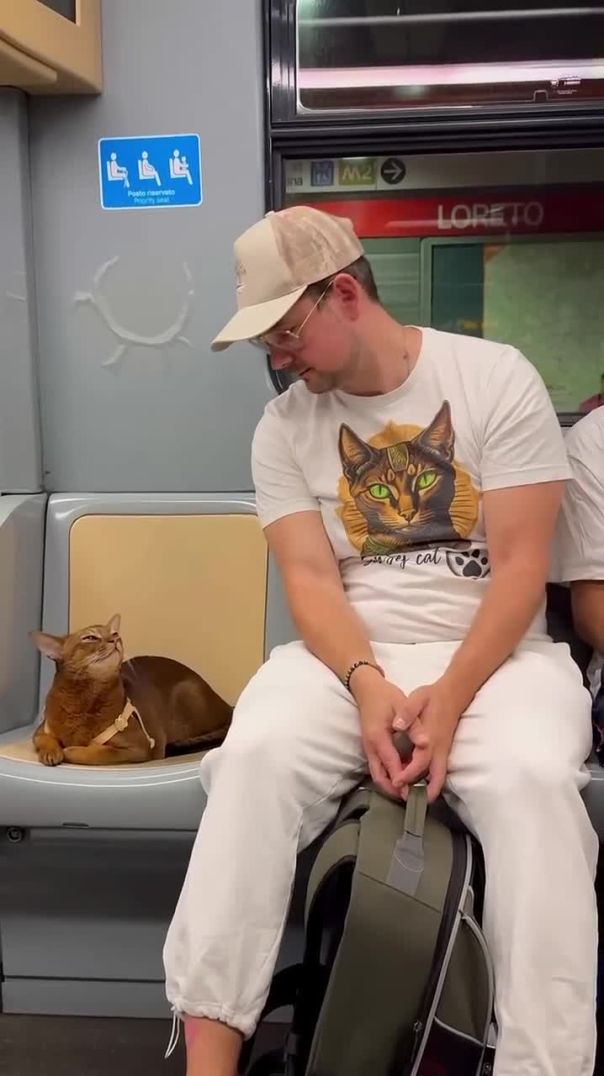

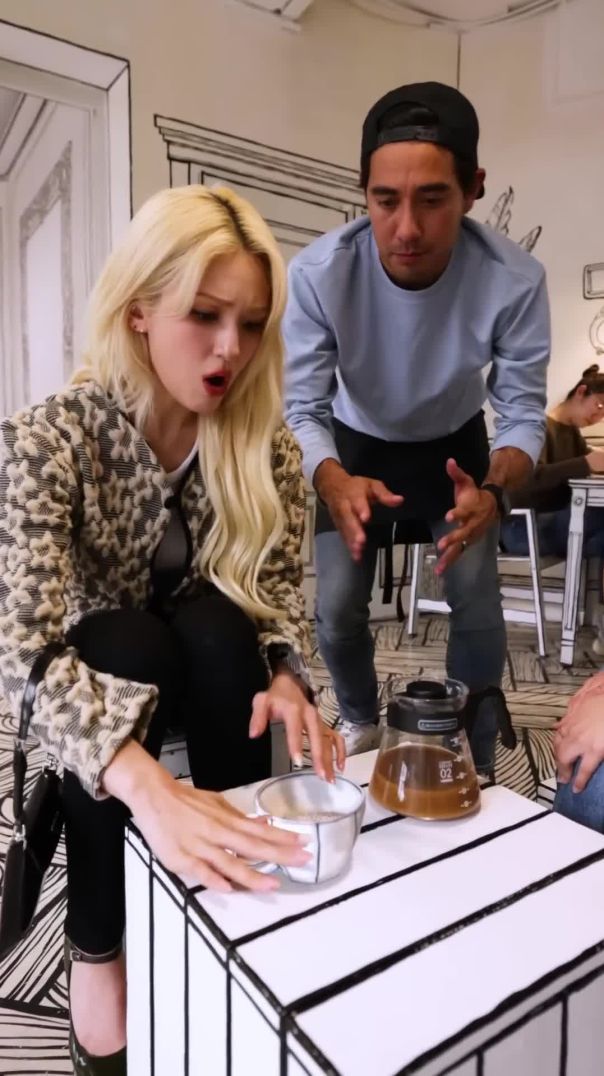

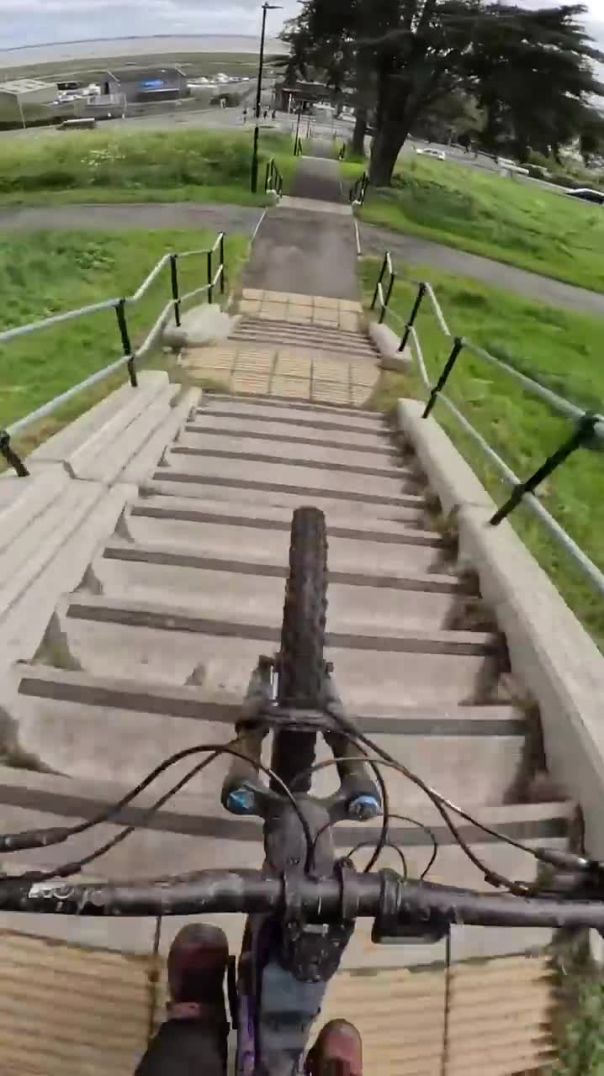












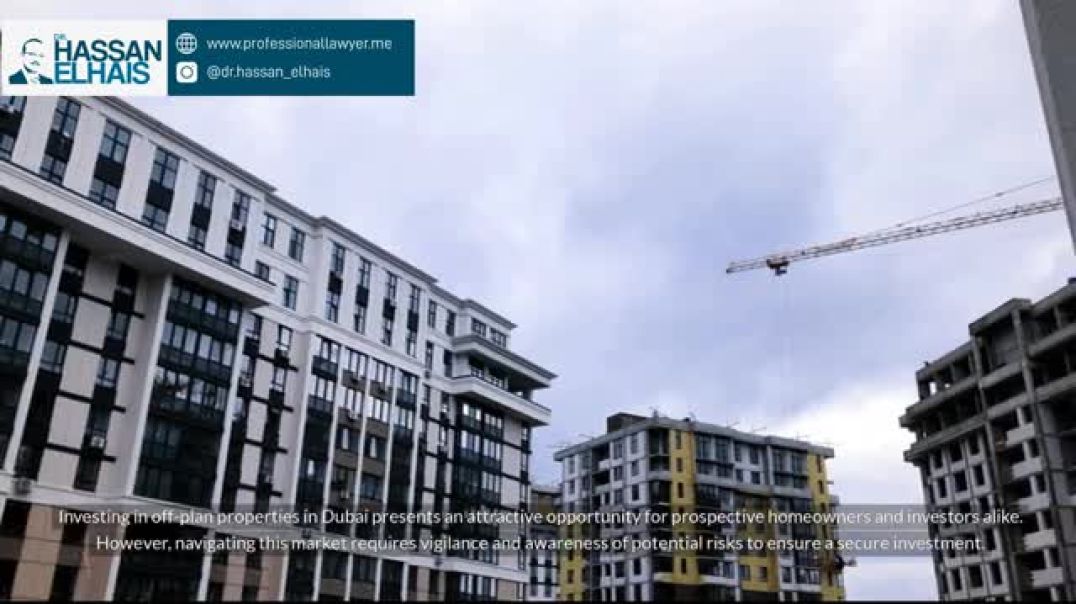


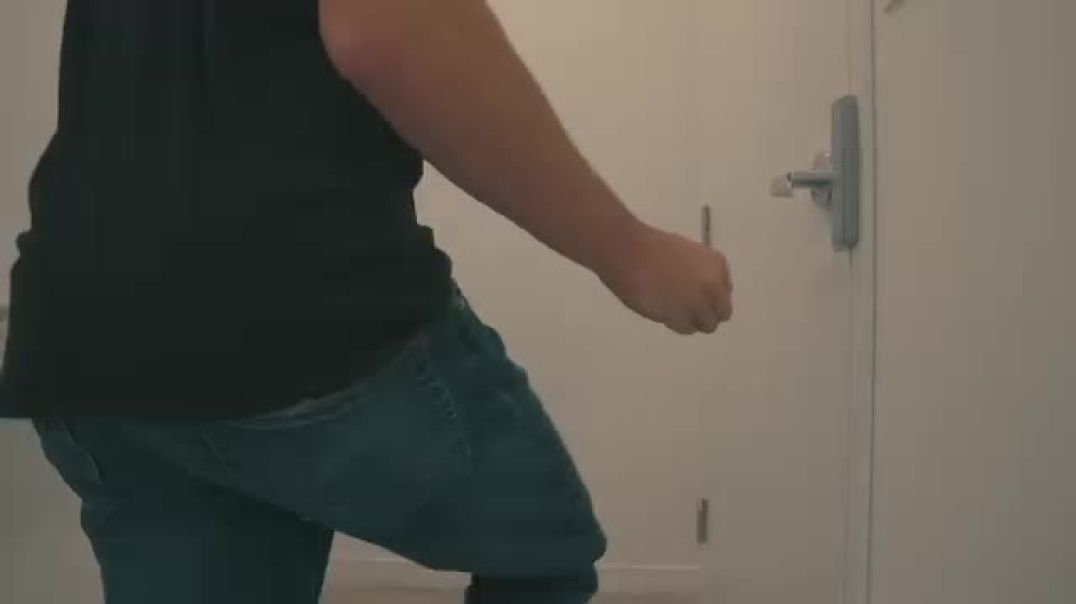






0 Comments